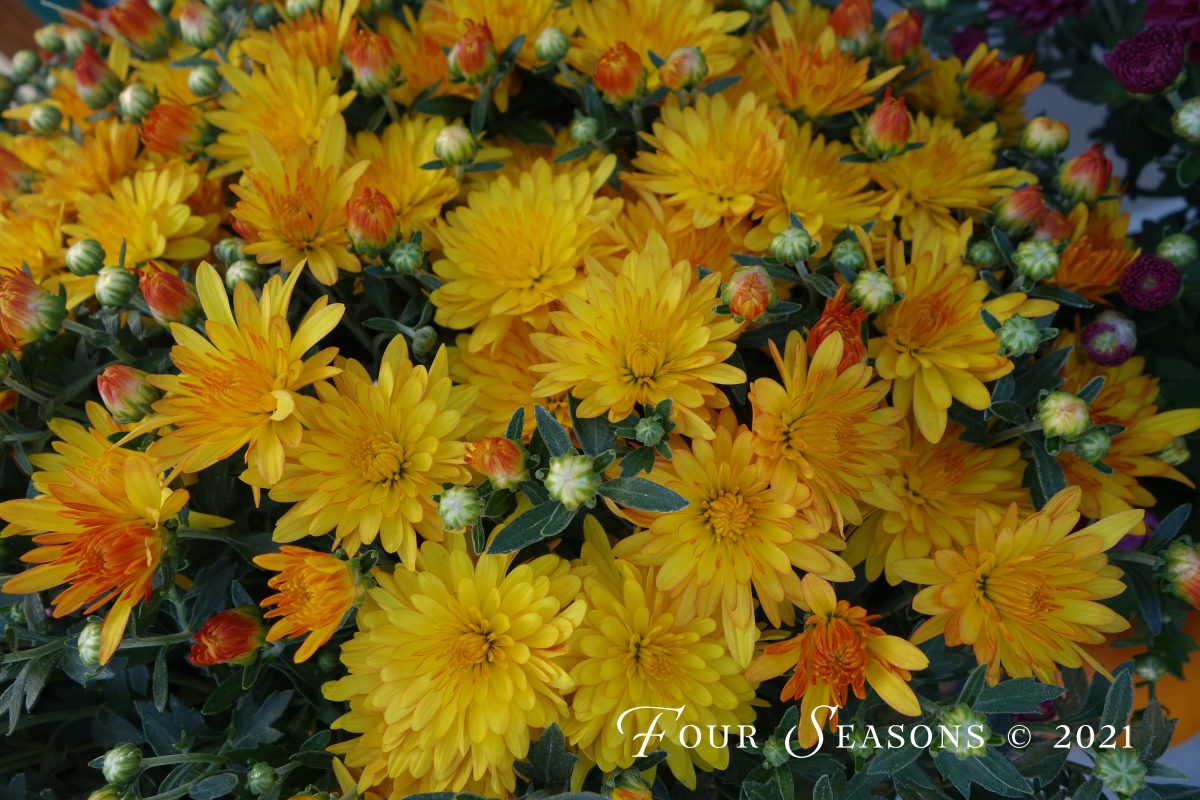Think about how it feels when your feet hit icy water in a river. Then consider how they feel if they are plunged into a warm foot bath. It’s the same with your plants and it’s the reason that fall really can be the very best time for planting many things.
As air temperatures drop, but the soil remains warm from the summer, it creates an ideal climate for installing new plants into your landscape. Warm soils promote good plant growth – it’s something we’ve known in the greenhouses for years and one reason why we have bottom heat on many crops. Warming the soil means the roots grow and if the roots are happy, the top of the plant will follow.
Planting now will allow your plants time to root in. During this time plants aren’t actively producing new foliar growth but instead are directing their energy towards rooting in and this in turn gives them a good start for next spring. Well rooted plants are happy plants and by giving them six months or more of time to establish that root system, they’ll have a super jump when it’s time for them to start actively growing and blooming come spring.
Most of the plants that can be installed during the fall season – trees, shrubs, perennials, mums and pansies – are happiest when planted in the ground. During the winter months, the soil around them acts as an insulator to protect root systems. If you plant your mums or pansies, for instance, in a container, you’ll run the risk of them freeze drying over the winter. It’s not impossible to keep them alive, but can be a bit of a challenge. As that container dries out, few people remember to water and that water is what will keep the roots moist and keep them from drying out and killing the plant. Even if you remember to water, cold temperatures can also kill a plant, especially if they dip to a level that is too cold for the hardiness of that particular plant. For instance, if a rose is rated for a zone 5 and the temperatures where it is planted drop to -25 degrees, without protection, those roots will most likely freeze. There simply isn’t enough soil in a container to offer adequate protection for that plant.
Even though you won’t see much growth on your plants when you put them in during the fall months, it doesn’t mean that they aren’t doing well. Underground they are forming new roots and the ones that are there are branching out and establishing themselves. Fall planting is more about allowing them to root in and become established rather than actively growing and producing new leaves or flowers.
However, there are a few things that you may intentionally want to wait until spring to plant. Evergreens are a prime example of this since they hold their needles through the winter months, they can be more susceptible to drying out, especially if we have a windy winter.
Just like you pile on more clothing as the weather cools, your newly installed plants will benefit from a layer of mulch to protect and insulate them. Not only will this help to regulate temperatures in the soil around their roots, it will also help to retain moisture which will be essential to their survival. Be sure to follow through with a good winter watering regimen. We tell folks to water on or around every holiday between Halloween and Easter, or roughly once a month. The important thing is to keep the roots on anything that’s newly planted moist so that they don’t dry out so water during the warmest part of the day and give each plant a good, long drink.
September and October are the golden seasons in Colorado and they’re a great time to enjoy the outdoors before the winter sets in. There’s no better way to do that than by working in your garden!

